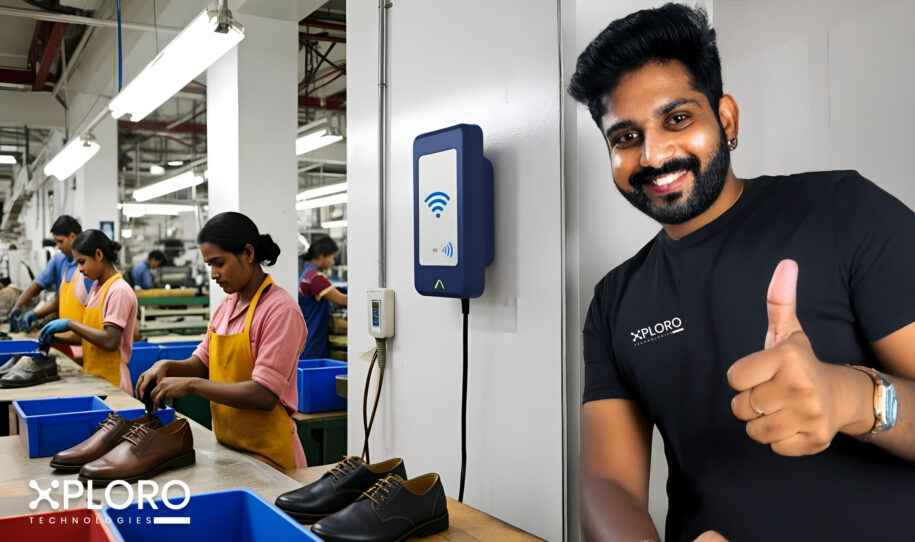Introduction
In today’s world of AI and Industry 4.0, automation feels like a given. But what if we told you that a powerful, real-time production tracking system was implemented all the way back in 2010—before “smart factories” were even a buzzword?
Here’s the story of how we tackled a complex production visibility challenge at a shoe manufacturing giant in Haryana, India, with a surprisingly simple yet effective solution.
🏭 The Client Setup
The client operated across a massive 4000-acre premises, with six primary departments for manufacturing shoes:
- Cutting – Fabric or leather pieces are cut into shape
- Stitching – Those pieces are stitched together
- Pasting – Various components are bonded
- Moulding – The shoe sole is attached and shaped
- Polishing – Final fine-tuning and aesthetics
- Packaging – The product is boxed and ready for delivery
Each of these departments was housed in a separate building. Additionally, an Admin Building managed resources and operations with ERP and CRM systems we had implemented earlier.
🧩 The Challenge
Despite the ERP and CRM systems, tracking production progress was still a manual task.
If someone wanted to know the status of a particular production order, they had to:
- Get an internal vehicle
- Visit each department
- Ask around for the current status
Installing computers or terminals in each building wasn’t feasible due to:
- Harsh working conditions
- Limited digital literacy among skilled laborers
- The need for a quick, budget-friendly solution
💡 The Breakthrough Solution (Back in 2010!)
We turned to a low-tech, high-impact idea: RFID tracking.
Here’s what we did:
- Installed RFID readers at the entry point of each production building
- Attached RFID tags to each production order
- As orders moved from one department to another, the readers captured their location in real time
No user input required. No screens. Just passive, automatic tracking.
📈 The Impact
This RFID-based system allowed us to:
- Track production stage-by-stage in real time
- Generate performance and efficiency reports
- Analyze time and resource utilization per product
- Improve operational transparency without disrupting the workflow
🔄 What About Today?
This solution worked wonders in 2010—long before “smart factories” became mainstream.
With today’s tech, there are even more options:
- IoT sensors
- Cloud-based MES platforms
- AI-driven predictive analytics
- Mobile dashboards with voice input
Conclusion
Sometimes, it’s not about the latest tech—it’s about understanding the ground realities and crafting a solution that works best for the people and the process. This project reminds us that innovation doesn’t always need to be complex—it just needs to be smart.
#RFID #ManufacturingInnovation #DigitalTransformation #SmartFactory #SupplyChain #Automation #Industry40 #Throwback #TechCaseStudy #ERP #CRM #IoT

